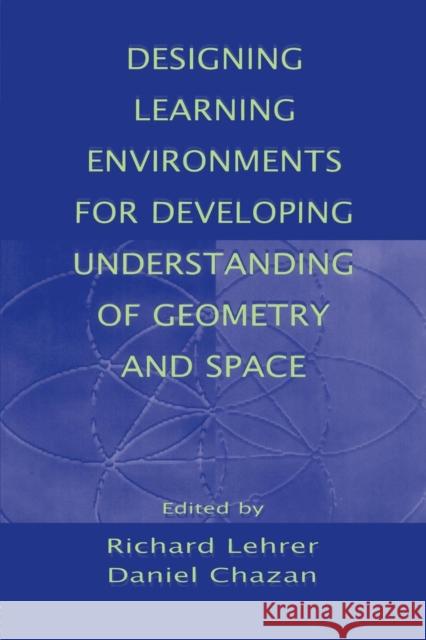Designing Learning Environments for Developing Understanding of Geometry and Space » książka
topmenu
Designing Learning Environments for Developing Understanding of Geometry and Space
ISBN-13: 9780805819496 / Angielski / Miękka / 1998 / 518 str.
Designing Learning Environments for Developing Understanding of Geometry and Space
ISBN-13: 9780805819496 / Angielski / Miękka / 1998 / 518 str.
cena 146,29 zł
(netto: 139,32 VAT: 5%)
Najniższa cena z 30 dni: 144,78 zł
(netto: 139,32 VAT: 5%)
Najniższa cena z 30 dni: 144,78 zł
Termin realizacji zamówienia:
ok. 22 dni roboczych
Bez gwarancji dostawy przed świętami
ok. 22 dni roboczych
Bez gwarancji dostawy przed świętami
Darmowa dostawa!
Focuses on the interactive roles of subject matter, teacher, student, and technologies for designing classrooms that promote understanding of geometry and space.











